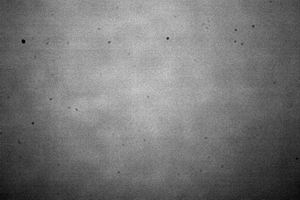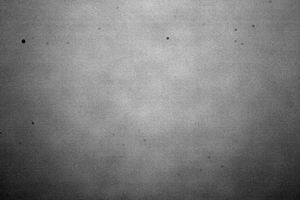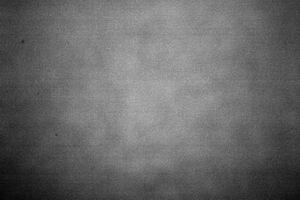If Digital SLR cameras have a flaw, it's that the changing of lenses often invites dust into the camera chamber, and often that dust accumulates on the sensor. In an egregious case of over-simplification, I'll describe the sensor as the digital film. Having dust on it is a no-no, but usually it's completely out of focus and unnoticeable. It's only when shooting with a small aperture that the depth of field is so great that the dust comes into view. Hence, it's been something that I've been able to live with. Until last month's trip to Costa Rica, that is. Many of the shots I had taken had numerous small dust speckles on them and something had to be done.
My friend Eric recommended buying one of the cleaning kits and very, very, carefully following the directions and cleaning it myself. Others recommended sending it to Canon for a professional cleaning -- not an option given the 6-week turnaround time. So I Googled over to this article here and then read some of the horror stories that are linked to it, and decided that the way for me to approach this is to carefully use a little compressed air and a Q-tip.
To show how well this worked, and how easily, we need photos of the sensor itself. Based on the recommendations of the author of the article linked to above, I photographed a white piece of paper out of focus with an aperture of f22. Then, in Photoshop, I adjusted the levels and dropped the saturation to make the dust stand out as much as possible. I did this before and after each cleaning attempt.

Prior to cleaning, lots of dust present, but that big spot in the upper left has been annoying me for over a year now.
It's imperative that I be extremely careful and gentle when cleaning the sensor as too much pressure or a scratch could instantly reduce the camera to a paperweight in seconds. So, first I grabbed a can of compressed air which I use for dusting negatives and ever-so-gently sprayed the sensor. I kept the trigger slightly depressed and went back and forth side-to-side blasting as much dust off as I could.
 As you can see, the use of compressed air can remove a lot of the dust. But that annoying spot on the upper left must have been stuck to the sensor.
As you can see, the use of compressed air can remove a lot of the dust. But that annoying spot on the upper left must have been stuck to the sensor.
I was hoping for better results with just the compressed air, but it was clear that I was going to need to swab. Many of the products on the market contain various chemicals to be used minimally for this task, but even they have claimed their share of sensors from my brief reading on the topic. I decided to gently use a Q-tip and then blast away any remaining lint with a final dose of compressed air.
 That's what I'm talking about! That little smudge on the upper left-hand corner is still hanging in there, but nearly all of the rest of the dust was cleaned off.
That's what I'm talking about! That little smudge on the upper left-hand corner is still hanging in there, but nearly all of the rest of the dust was cleaned off.
This cleaning required no special trips to the camera store, no expensive cleaning kits, and no special training. What it did require was a very gentle hand and the good sense to know when to say when. I could have opened the camera back up and went after that little smudge with a bit more force, but that would have likely only made things worse. At this point, I have no qualms with selling the camera, as nothing short of a professional cleaning will make it perfect. And like I said, this was the first time in 3400 shots that I even bothered to clean it. And I guarantee the first time the new owner changes lenses outside, it will likely accumulate even more dust. It's the nature of the beast. But the beast's damage can be minimized with a little canned air and a Q-tip.

No comments:
Post a Comment